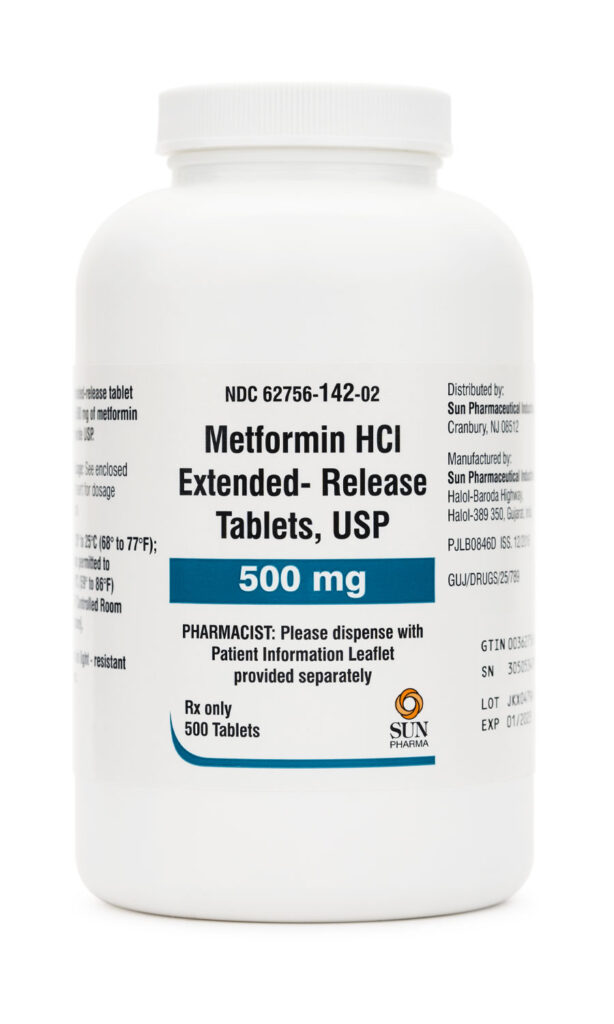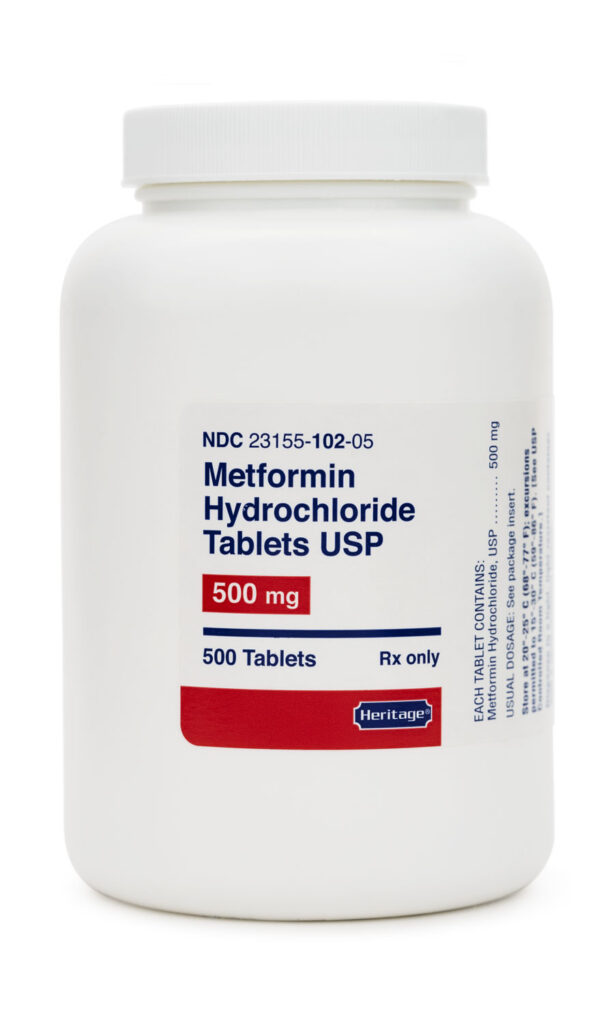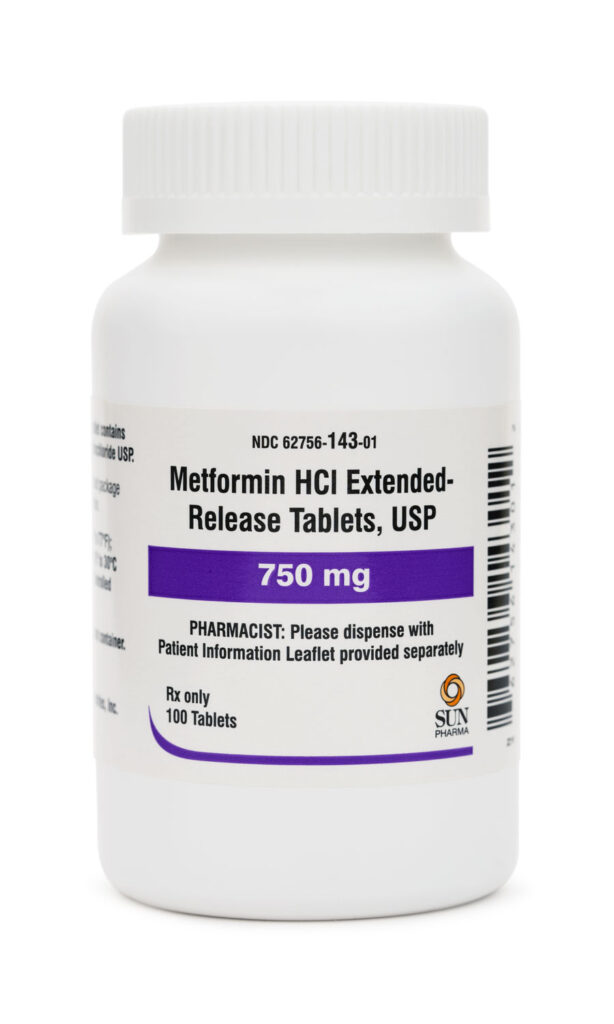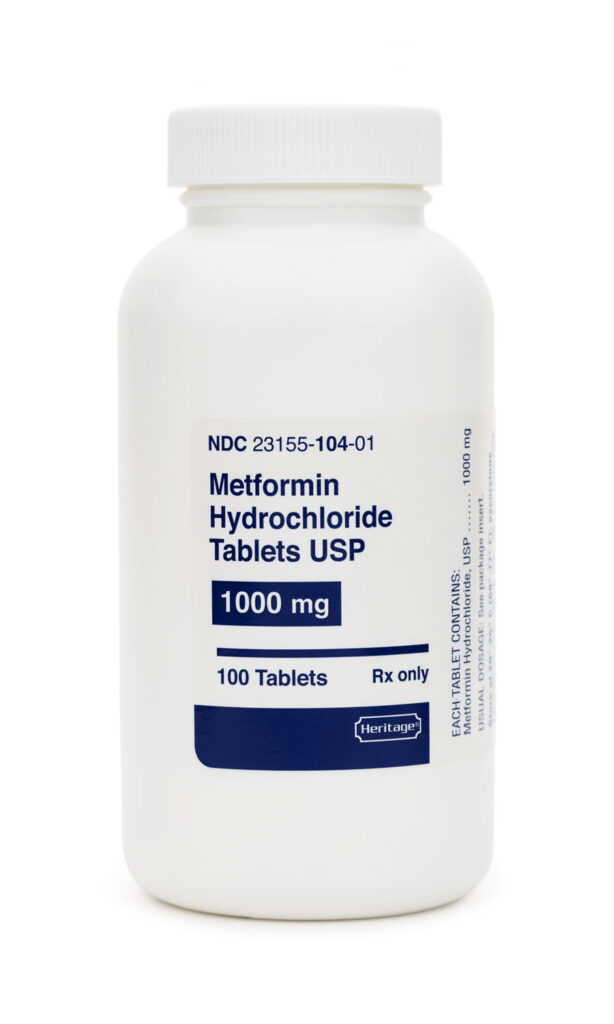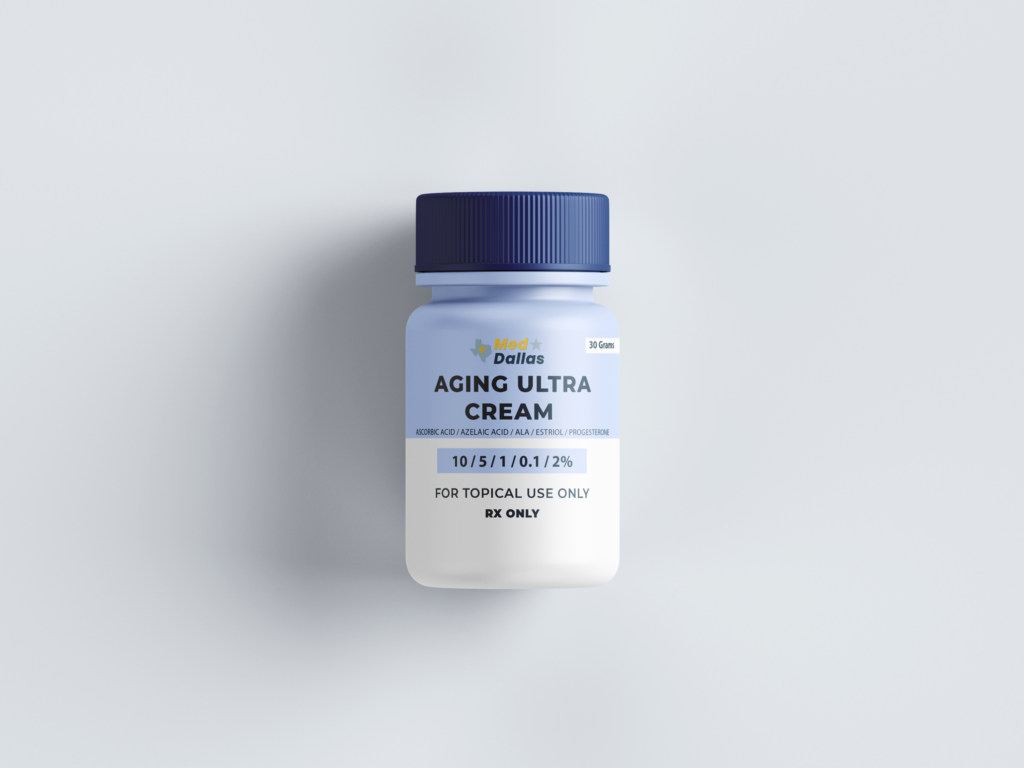
Skin Care
Aging Ultra Cream
Anti-Aging Ultra Cream is a sophisticated skincare formulation designed to combat the visible signs of aging. Enriched with a potent blend of Ascorbic Acid (Vitamin C), Azelaic Acid, Alpha Lipoic Acid (ALA), Estriol, and Progesterone, this cream targets wrinkles, fine lines, and loss of skin elasticity. Its advanced formula combines antioxidants, anti-inflammatory agents, and hormone-based components to enhance skin firmness, smoothness, and overall youthful appearance.

